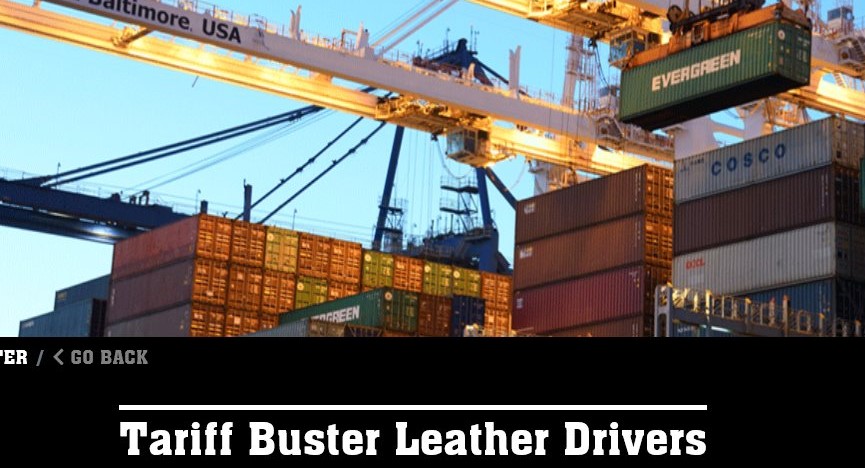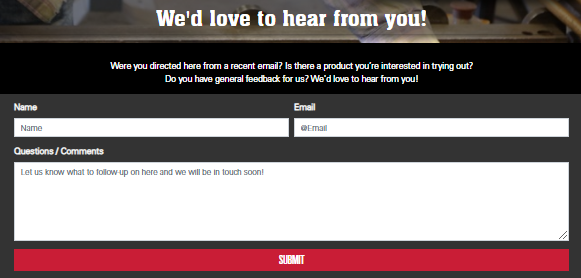Tariffs have a long history in the United States. The first tariff law was passed by Congress in 1789, shortly after the new Constitution was adopted. Tariffs were initially physically collected at ports before imported goods could be unloaded. They served as the federal government’s primary source of revenue until federal income taxes came into existence in 1913.
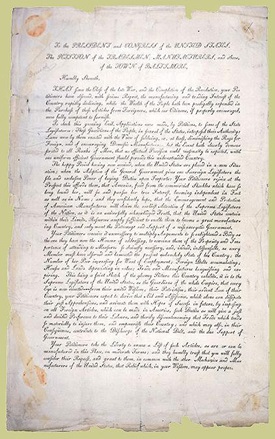
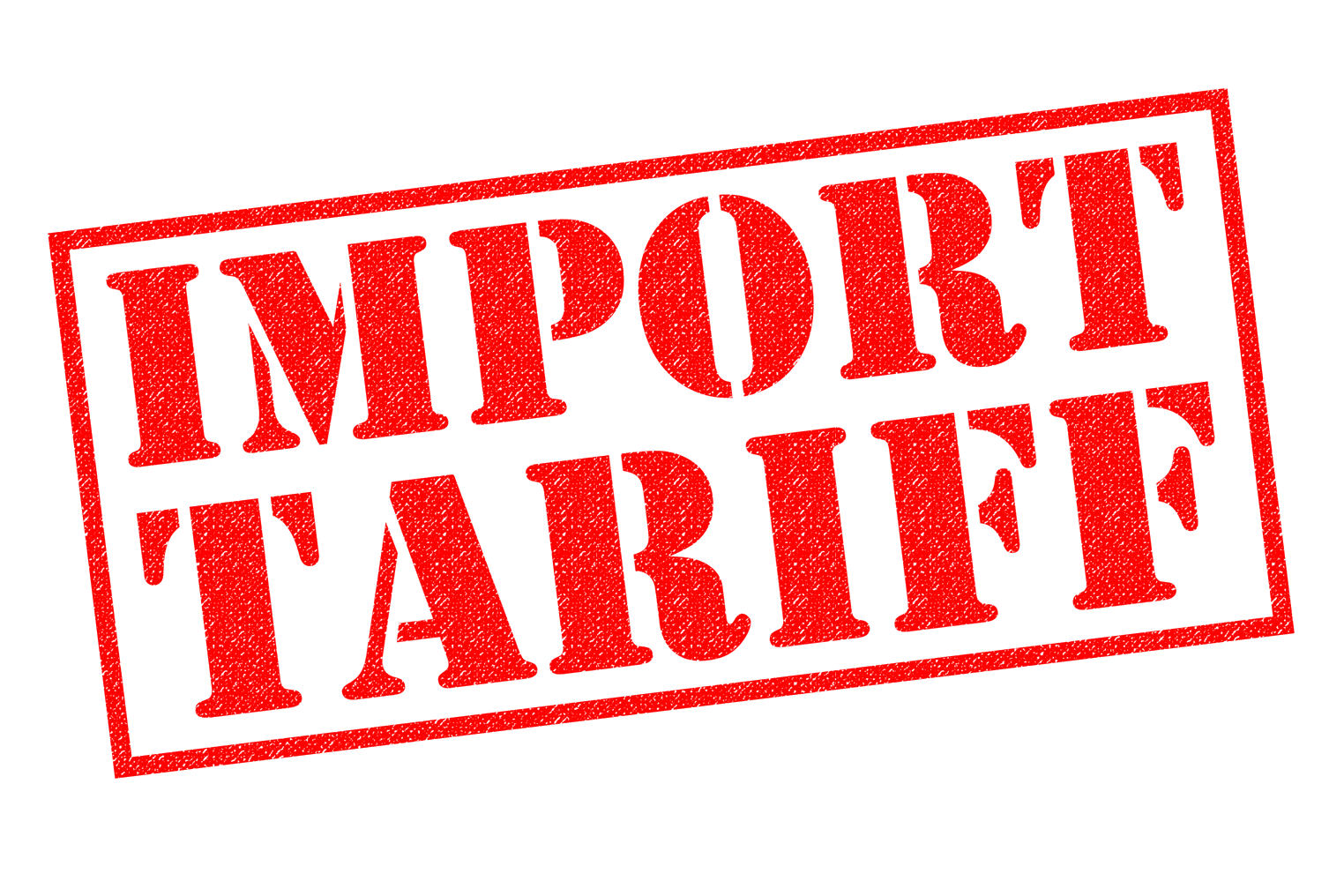
In 1789, the manufactures and tradesman of Baltimore petitioned Congress for duties to be placed on certain imported goods. Sound familiar? Modern industries have heavily influenced public sentiment towards the need for increased tariffs. Sound familiar? Modern industries have heavily influenced public sentiment towards the need for increased tariffs.
With metalworkers relying heavily on steel, staying on top of events becomes a necessity. Even the personal protection equipment (PPE) metalworkers wear are impacted due to the rippling effects felt across all products. We cover all you need to know about tariffs below, including some tariff-busting measures MCR Safety has enacted during these volatile times.
Definition
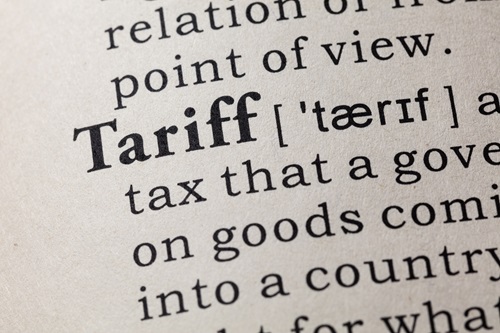
According to Investopedia, a country's tariff is a tax placed on an outside country's incoming goods and services.
What is a tariff?

We've highlighted the definition of tariffs. However, it still leaves some questions around a tariff's purpose. In general, tariffs are used to restrict imports by increasing another country's, giving domestic producers of a given product an advantage.
They are imposed for various reasons:
- to target specific manufactured products (such as washing machines or solar panels), or materials (such as wool or steel)
- to allow temporary protection for an industry until it can be self-supporting
- as a response to “dumping,” which is when a given country has an excess of a given product and deliberately sells it at a meager rate to another country
- to be retaliatory, in response to the economic or political policies of one country of which another country disapproves
- as a significant component of the federal government's generated revenue
Unfortunately, tariffs have unintended side effects, impacting products not originally targeted. In the case of MCR Safety’s products, tariffs have impacted many products with tariffs imposed of 10%.
Pros and Cons
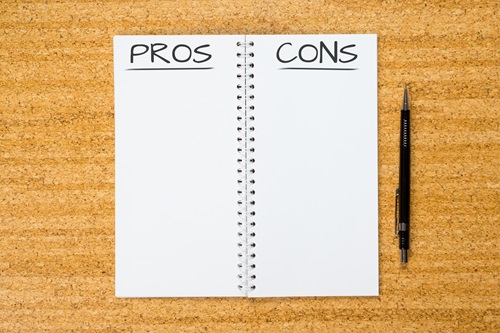
"For every action there is an equal and opposite reaction." Issac Newton Each time a country decides to act with tariffs, there is an opposite reaction from other countries.
Are tariffs good or bad? We will let you decide the answer to that question. Here are some of the pros and cons of imposing tariffs.
Pros

* Protects the domestic country's producers
*Potentially increases total employment for the country's domestic industry
*Increases national security by protecting industries contributing to military defense
Cons
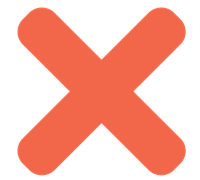
* Users of a product pay more
*A diminished relationship exists between countries
*Low-income families suffer from increased prices on products.
Protective Tariff History
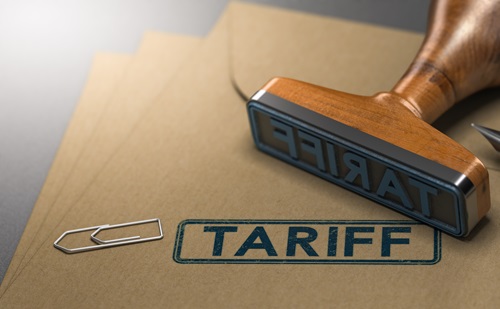
There is an old saying, "History repeats itself." Well, history has repeated itself when it comes to tariffs in the United States. At one time, tariffs were significant, funding much of the federal government. Over the United States' 230+ years, tariffs have impacted policy and have affected civil and foreign wars.
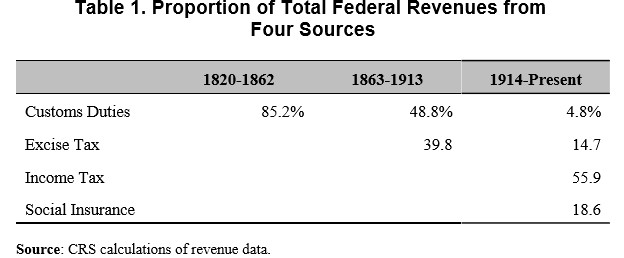
Below, we highlight examples of tariffs imposed by the U.S.
List of US Tariffs
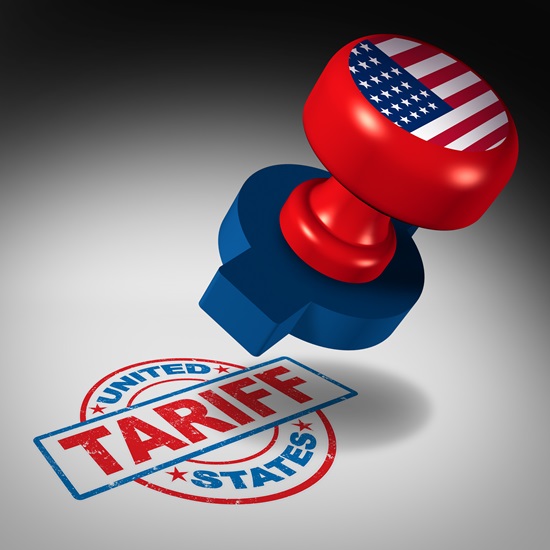
The United States has a long history of imposing tariffs to protect U.S. industry. We've broken up the list into the three eras.
Custom Duties Era - Tariff of 1828
What was the Tariff of Abominations? The era was known for the 1828 Tariff of Abominations, which protected northern industries and increased the cost of living in the south
Here are all the tariffs from this era:
- 1789:
 The Tariff of 1789 raised revenues for the newly established U.S. government.
The Tariff of 1789 raised revenues for the newly established U.S. government.
- 1816:
 The Tariff of 1816 was introduced with sole purpose of protecting US-manufactured goods.
The Tariff of 1816 was introduced with sole purpose of protecting US-manufactured goods.
- 1828:
 The Tariff of 1828 raised rates on goods again, providing additional revenue to the federal government and protection for local manufacturers.
The Tariff of 1828 raised rates on goods again, providing additional revenue to the federal government and protection for local manufacturers.
- 1832:
 The Tariff Act of 1832 lowered previous tariffs, with additional lower tariff acts introduced in 1842.
The Tariff Act of 1832 lowered previous tariffs, with additional lower tariff acts introduced in 1842.
- 1847:
 The Walker Tariff of 1846 lowered tariff rates again, lowered tariff rates again, hoping to open foreign markets to U.S. grains.
The Walker Tariff of 1846 lowered tariff rates again, lowered tariff rates again, hoping to open foreign markets to U.S. grains.
- 1857:
 The Tariff of 1857 was a low point for tariff reduction, reducing tariffs by another 17% on average.
The Tariff of 1857 was a low point for tariff reduction, reducing tariffs by another 17% on average.
With the South wanting fewer restrictions on exported goods and the North wanting protections established for manufactured goods, Tariffs played a significant role in causing the civil war.
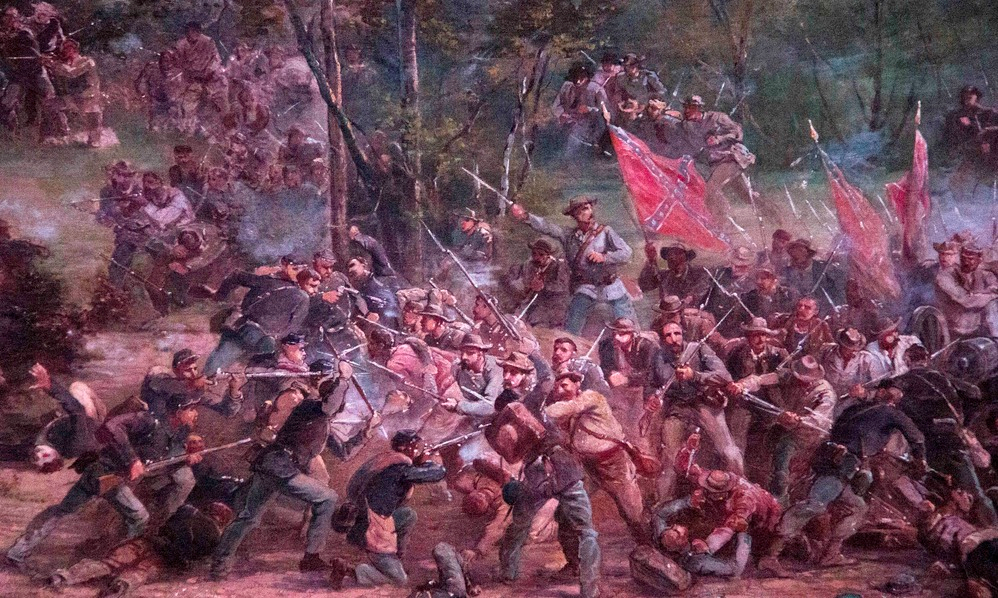
620,000 men lost their lives in the Civil War
Excise Tax Era -Mckinley Tariff
The McKinley Tariff kicked this era off with a minimum of 38% tariffs placed on all imported goods.
Here are all the tariffs from this era:
- 1890:
 The McKinley Tariff of 1890 boosted protective tariff rates by nearly 50% on average.
The McKinley Tariff of 1890 boosted protective tariff rates by nearly 50% on average.
- 1894:
 The Wilson–Gorman Tariff of 1894 reduced tariff rates from the McKinley tariff, added a number of items with free trade, and imposed a 2% income tax.
The Wilson–Gorman Tariff of 1894 reduced tariff rates from the McKinley tariff, added a number of items with free trade, and imposed a 2% income tax.
- 1897:
 The Dingley–Tariff-Act of 1897; less than three years after the last tariff legislation, tariffs were once again raised by another 50%.
The Dingley–Tariff-Act of 1897; less than three years after the last tariff legislation, tariffs were once again raised by another 50%.
- 1909:
 The Payne–Aldrich Tariff Act lowered tariffs by around 5% on average.
The Payne–Aldrich Tariff Act lowered tariffs by around 5% on average.
- 1913:
 The Tariff of 1913 drastically lowered tariff rates, while at the same time imposing a federal income tax with the sixteenth amendment.
The Tariff of 1913 drastically lowered tariff rates, while at the same time imposing a federal income tax with the sixteenth amendment.
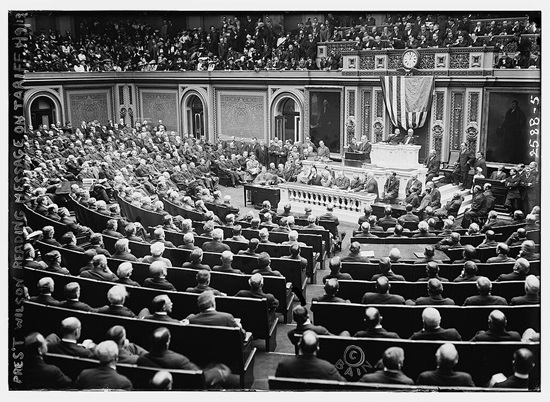
The Federal Government begins funding itself by taxing the wages of U.S. Citizens.
Income Tax Era - Smoot Hawley Tariff
The Great Depression shaped the 20th century, and its impact on the U.S. is still felt today. The Smoot Hawley tariff reshaped favorable protection for all U.S. industries.
Here are all the tariffs from this era:
- 1922:
 The Fordney–McCumber Tariff was a return to protectionism that raised rates to the highest level of the time, by over 50%
The Fordney–McCumber Tariff was a return to protectionism that raised rates to the highest level of the time, by over 50%
- 1930:
 The Smoot–Hawley Tariff Act raised rates on already high tariff rates by another 40%. Tariffs were placed on a wide range of goods to protect industries after the 1929 stock market crash.
The Smoot–Hawley Tariff Act raised rates on already high tariff rates by another 40%. Tariffs were placed on a wide range of goods to protect industries after the 1929 stock market crash.
- 1934: The Reciprocal Trade Agreement Act of 1934 gave the president direct power to levy tariffs and negotiate bilateral trade agreements.
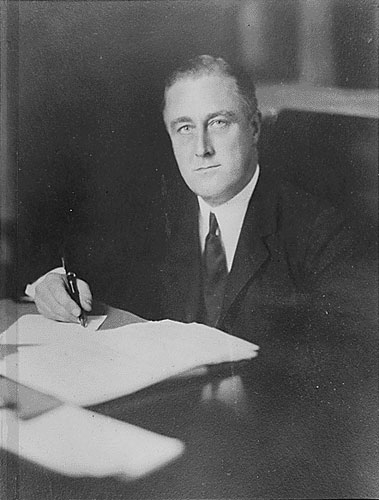
Once a power granted only to Congress, President Franklin D. Roosevelt could now directly levy tariffs. In our modern times, President Donald Trump's ability to impose contemporary tariffs can be directly traced back to this legislative ACT.
1947: General Agreement on Tariffs and Trade (GATT) promoted international trade by reducing or eliminating trade barriers such as tariffs or quotas. This eventually became the World Trade Organization.
With the U.S.' history of lowering and raising tariffs, recent modern tariffs enacted, and current tax legislation passed, one might begin to question if the new 21st century tariffs are a return to old policies. Is America protecting U.S. industries, or is it once again funding the government through tariffs?
We know for sure that tariff rates and policies have impacted industries, including the PPE customers purchase.
Bush Steel Tariffs
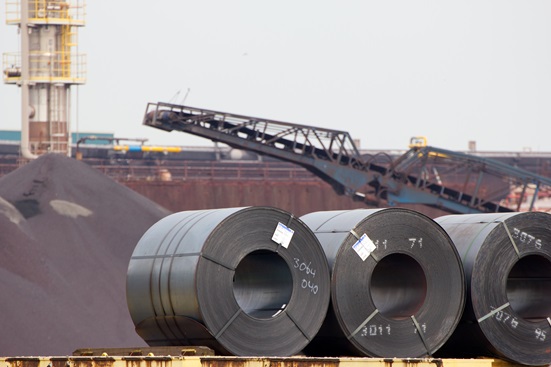
With some of the recent steel tariffs being implemented, many may have forgotten the steel tariffs arising during the Bush era. The beginning years of the 21st century saw numerous steel producers declare bankruptcy. In response, George Bush increase tariffs by 8% to 30% on imported steel.
Trump Steel Tariffs
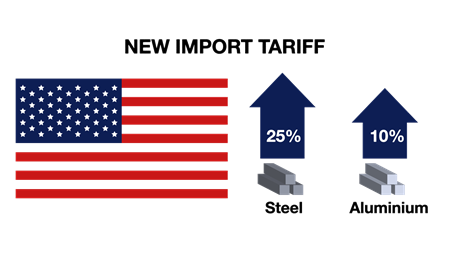
When did steel tariffs go into effect? President Trump announced new steel and aluminum tariffs in March of 2018. This was a tariff of 25% on all steel imports, except those from a handful of exempted countries: South Korea, Australia, Argentina, and Brazil. Canada, Mexico, and the European Union were exempted at first, but were then included in the tariffs starting in June of 2018.
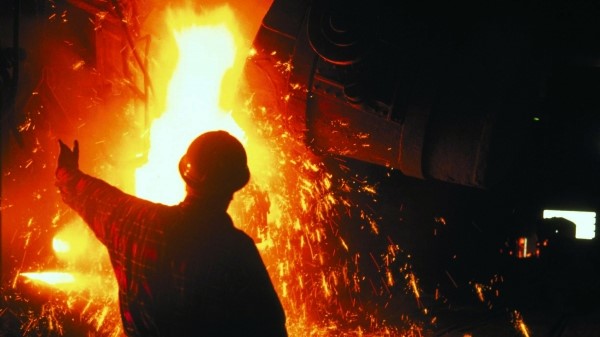
Rising steel costs affect the entire Metal Fabrication industry.
The current steel tariffs were put into place for national security purposes per the Trade Expansion Act of 1962. It is the first time this Act has been invoked since the creation of the World Trade Organization.
Products Affected and Ongoing Impact
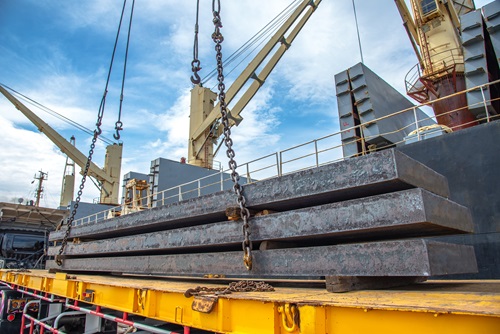
As mentioned above, tariffs affect many industries, including the safety industry and MCR Safety's products. Leather gloves were heavily impacted by recent tariffs introduced. Furthermore, there is concern that future tariffs may influence many of MCR Safety's products, with potential increases of 25% or more. Rest assured, we are looking for ways to make our supply chain as efficient and cost-effective as possible, while maintaining the consistent quality our customers demand and expect.
Check out our dedicated tariff page above, which provides users a broad offering of potential solutions. Chinese tariffs are rising; protecting people is still our dedicated focus.
Common Questions
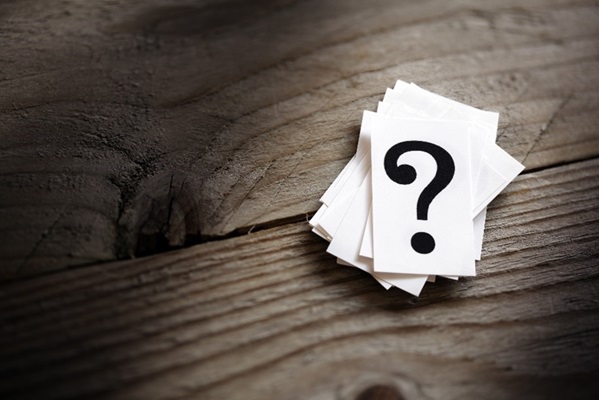
About how many u.s. jobs are likely to be lost as a result of the U.S. steel tariffs?
- In 2018, the Bureau of Labor Statistics (BLS) reported total employment at 373,850 for the Primary Metals industry. In 2019, employment increased by 2.9% across the industry, which is an increase. Unfortunately, in 2020, because of COVID-19, the BLS reported employment at 358,920, a decrease in total employment compared to 2018.
Who pays a tariff?
- Tariffs are paid by companies importing products.
How do tariffs impact the economy?
- We highlight the pros and cons of implementing tariffs. They can increase jobs, as we reported above, for 2019 employment.
How do tariffs work?
-
A country issues a tariff in one of two ways: on a type of product or ad valorem. The first is a fixed fee placed on specific products. The second is issued on an item's worth.
Do tariffs work?
- As with most things, it depends. Those who benefit from the pros listed above will say they work. Those paying higher prices at stores will most likely see tariffs as bad and not ideal.
How are subsidies similar to tariffs?
- Subsidies and tariffs are geared towards lowering domestic goods prices compared to imported goods from other countries.
Who gets the money from tariffs?
- Governments ultimately collect the money from tariffs. This money is used to support operational activities or issue direct payments to industries negatively impacted by retaliatory tariffs imposed by countries. \
What did the Tariff of 1828 do?
- The Tariff of 1828 raised prices on imported manufactured goods by 50%, protecting industries mostly found in northern U.S. states.
Who collects tariffs?
- Customs authorities collect tariffs. In the U.S., Customs and Border Protection collects tariffs on behalf of the Commerce Department.
News
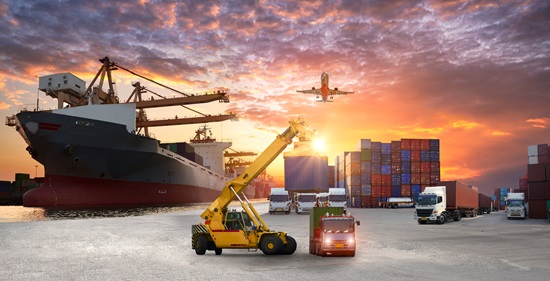
Here are some of the most visited websites for staying updated on tariff news:
- BBC
- Politico
Protecting People in Uncertain Times
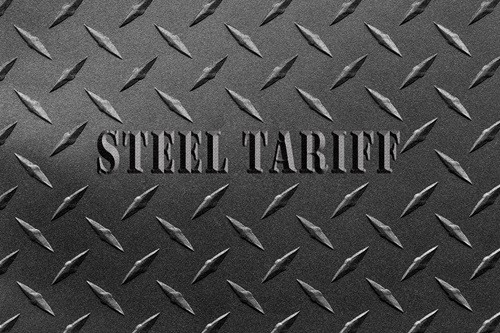
We've explained tariffs, from how they work to the impact on economies. New technologies, political shifts, and changes in consumer trends mean that we must constantly adapt and innovate to thrive. Sudden changes, such as when new tariffs are instituted, usually cause a degree of uncertainty when looking forward. However, when you think about it, nothing is ever certain. Rest assured, MCR Safety will still be here during these uncertain times, keeping people safe.
Keep in mind, MCR Safety has a long history of operating during volatile times. Due to our many years of manufacturing and sourcing experience, customers can remain confident and focused on staying safe.
We welcome any comments, feedback, or suggestions for how we can best protect people at work.
For over 45 years, MCR Safety has proven to be a world leader in gloves, glasses, and garments. Whether it's in the back of an ambulance, on the shop floor, an oil rig, or a construction site, we are there to provide solutions to workplace hazards. It's all part of our commitment to protect people.
No matter your industry, we have the personal protective equipment you need.
Learn more about MCR Safety by checking out our most recent video. For more information, browse our website, request a catalog, find a distributor, or give us a call at 800-955-6887.
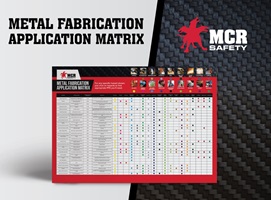
Metal Fabrication Application Matrix
Find the appropriate PPE for specific hazards with a simple easy to follow guide.
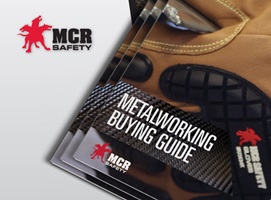
Metalworking Buying Guide
See distinct sub-industries within metalworking and find recommended PPE to keep work safe.
About the Author
Related Articles
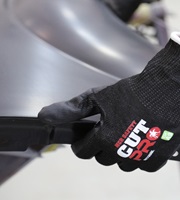
A Meaningful Review of Metal Stamping and Safety
Metal stamping is the process by which metal is cut and formed into a desired shape or profile by...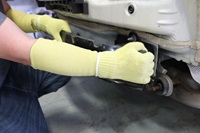
Covering Insights into Cut Resistant Sleeves
Most often, sleeves are worn in conjunction with cut-resistant work gloves. MCR Safety offers...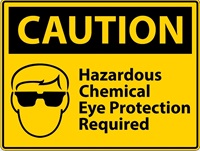
OSHA and Safety Glasses
OSHA requires employers to provide eye and face protection for all employees. Both employers and...
Jobs: Are You Ready to Snag a Job?
If you’re looking to find success on a new career path, your decision should probably come from...Latest Articles





